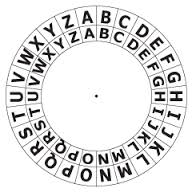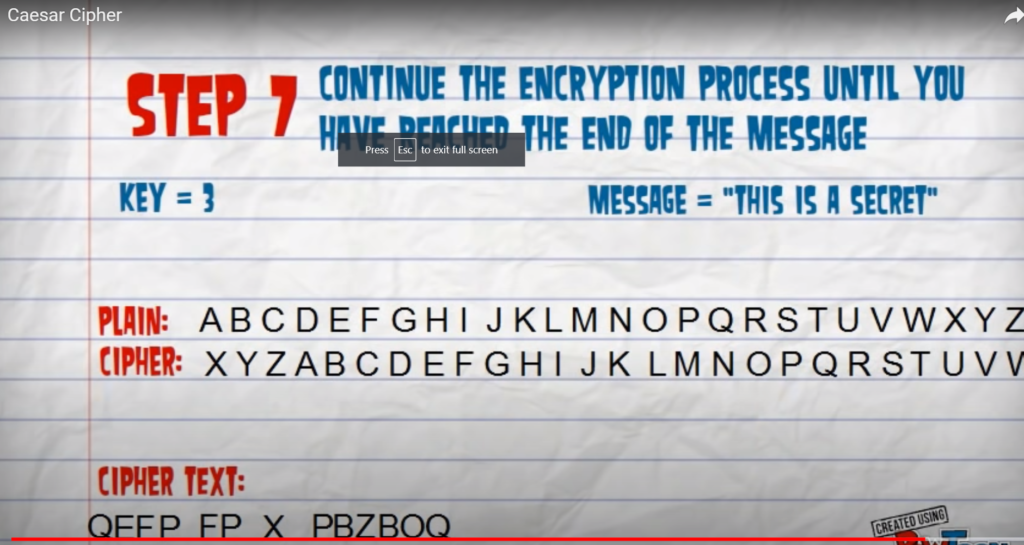
Print("Unicode 360 represents", character_360) Print("Unicode 100 represents", character_100) Print("Unicode 65 represents", character_65) Let’s first look at a few examples: character_65 = chr(65) The chr() method accepts a number representing the Unicode of a character and returns the actual character corresponding to the numeric code.

Just like how we could convert a character into its numeric Unicode using ord() method, we do the inverse i.e., find the character represented by a number using chr() method. It accepts a single character and returns the number representing its Unicode. You can use the ord() method to convert a character to its numeric representation in Unicode. We’ll look at two built-in functions in Python that are used to find the Unicode representation of a character and vice-versa. are also represented in memory by their Unicode. Note that the special characters like space ” “, tabs “\t”, newlines “\n”, etc. That means ‘A’ will still be represented using the number 65 in Unicode. Similarly, lowercase characters’ representation begins with the number 97.Īs the need to incorporate more symbols and characters of other languages arose, the 8 bit was not sufficient, so a new standard – Unicode – was adopted, which represents all the characters used in the world using 16 bits.ĪSCII is a subset of Unicode, so the ASCII encoding of characters remains the same in Unicode.
CAESER CIPHER CODE
The computer doesn’t understand any of our English language’s alphabet or other characters by itself.Įach of these characters is represented in computer memory using a number called ASCII code (or its extension – the Unicode) of the character, which is an 8-bit number and encodes almost all the English language’s characters, digits, and punctuations.įor instance, the uppercase ‘A’ is represented by the number 65, ‘B’ by 66, and so on.

It is important to realize that the alphabet as we know them, is stored differently in a computer’s memory. Before we dive into defining the functions for the encryption and decryption process of Caesar Cipher in Python, we’ll first look at two important functions that we’ll use extensively during the process – chr() and ord().


 0 kommentar(er)
0 kommentar(er)
